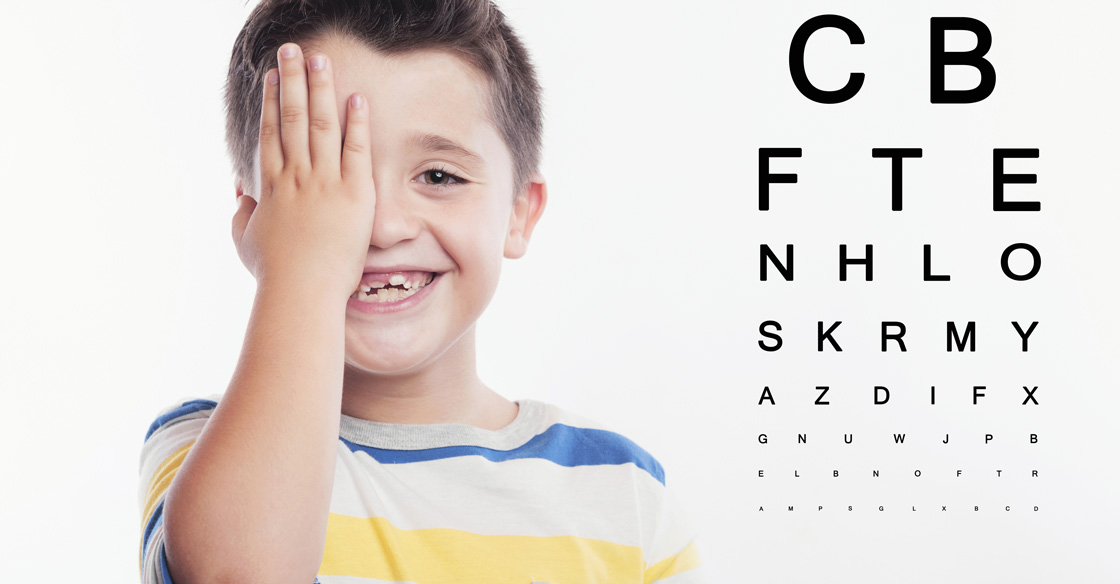Family Vision: Understanding Your Pediatric Eye Exam Results

Why an Eye Exam is Important
There is nothing more important than the health of our eyes. And this is doubly true for children. Vision is the key to success in the classroom, in the home, and pretty much anywhere in the world. Nonetheless, even if you have a good understanding of eye exams, they are somewhat different for children. This short pediatric eye exam will help you understand what your child’s exam results mean and what steps you need to take should they need a vision correction solution.
Children do not quite have the vocabulary to explain what is wrong with them. That’s why we take them for annual checkups to a pediatrician and likewise, you want to do so for an eye exam. Just like us, they can cope with problems and make the best of them. Blurriness, depth-perception issues, and a astigmatism diagnosis are just a few are examples of issues your child may be suffering, but not know how to explain them. This is why a pediatric eye exam is necessary.
The “Tumbling E” Chart
The E chart is a particular version of the standard eye exam chart for pre-kindergarten age children. The reason for this is that many children have not developed strong reading skills so this simplified test can help determine at an earlier age visual acuity. This can also be used to help determine whether a child is suffering from amblyopia or lazy eye and find the right solution to these issues.
There are a lot of numbers and letters on your child’s eye chart. These are all symbols that eye doctors use to write in shorthand different aspects of the pediatric eye exam. A few examples of things you will see on the chart include:
OS-Left Eye
OD-Right Eye
OU- Both Eyes
You will also see additional symbols such as spheres. These indicate a refractive error. A plus next to a sphere equals farsightedness while a minus equals nearsightedness. A “0” or nothing show no issue. The higher the number next to these equates to the stronger prescription likely to be recommended. The last thing to look for at on the eye chart are cylinders which are indicators of astigmatism. Likewise, the higher or lower the number indicates the diagnosis and recommended prescription number as well as the angle of which the lens error is occurring.
Why this Information is Useful to Parents
Understanding these eye charts are helpful parents in a lot of ways. It’s practical when you are buying children’s glasses or when you have a certain type of pediatric care. You can trust your eye doctor to make the right call on what prescription your child might need, but it also helps you understands why they need it. This is important because many children are not too excited about wearing glasses and as a parent, you can do a much better job convincing them to wear their glasses in a language they can understand better than a doctor might be able to.
Pediatric Eye Exam is the Key to Success
Understanding your child’s pediatric eye exam results is a critical part of making sure your child is happy and healthy. Make sure you know those numbers carefully and ask questions as much as you can so you can be sure that your child is on the road to eye health.
